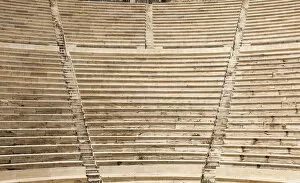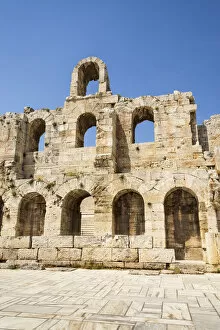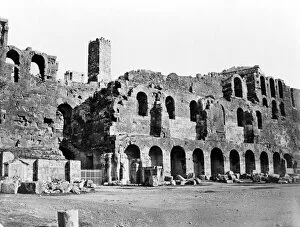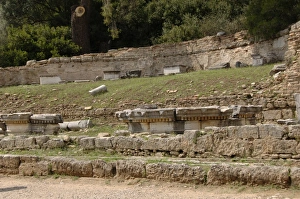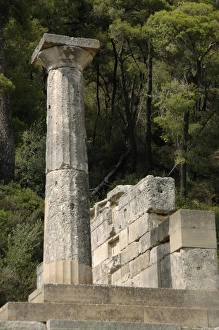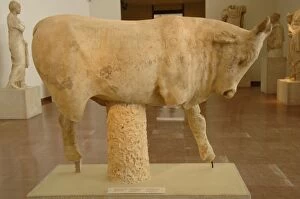Herodes Collection
Herodes Atticus, a prominent figure in ancient Greece, left behind an enduring legacy that continues to captivate us today
All Professionally Made to Order for Quick Shipping
Herodes Atticus, a prominent figure in ancient Greece, left behind an enduring legacy that continues to captivate us today. His influence can be seen in the magnificent structures and artworks that bear his name. One such example is the Biel Throne, a stunning marble masterpiece dating back to 140-143 AD. Its intricate carvings and exquisite craftsmanship showcase the artistic prowess of the time. A bust Atticus himself also stands as a testament to his prominence. Made from marble during the 2nd century AD, it immortalizes his likeness and serves as a reminder of his significant contributions. The Nymphaeum Atticus is another remarkable creation attributed to him. Located in Greece, this architectural marvel features Doric columns that add grandeur and elegance to its design. It stands as a symbol of Greek artistry at its finest. Roman art also pays homage to Herodes Atticus through various pieces found in Greece. One notable example is a bull sculpture with a votive inscription from the 2nd century. This artwork not only showcases Roman artistic techniques but also highlights Herodes' dedication to religious practices. Another iconic structure associated with Herodes Atticus is the Odeon Atticus theater situated on the southern slope of Athens' Acropolis. This majestic amphitheater served as an entertainment hub for ancient Greeks and remains an awe-inspiring sight even today. Lastly, we have the Exedra des Herodes Atticus Schatzhaus von Sikyon—a treasure house located in Sikyon—which further emphasizes his wealth and influence during that era. Through these captivating remnants from history, we catch glimpses into who Herodes Atticus was—an influential figure whose patronage supported arts, culture, and architecture throughout ancient Greece.

